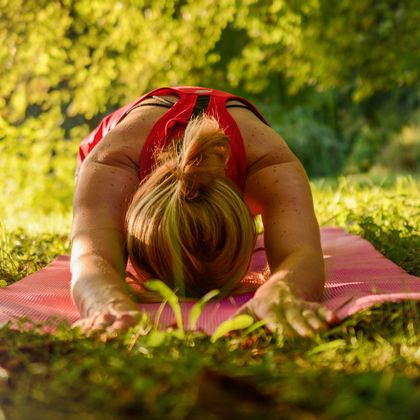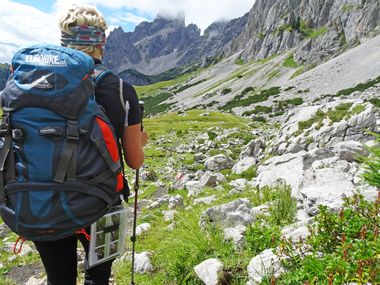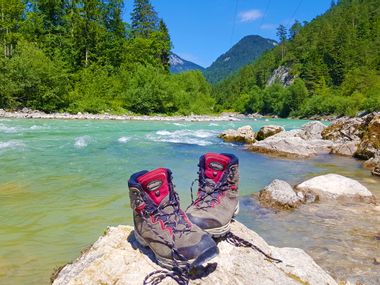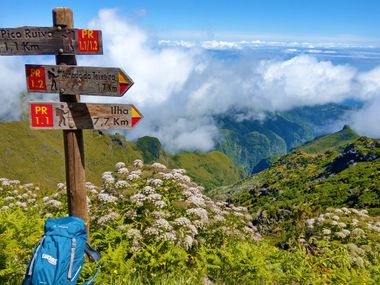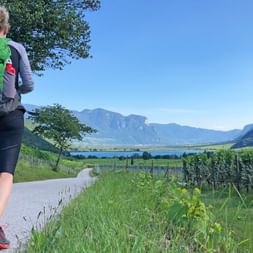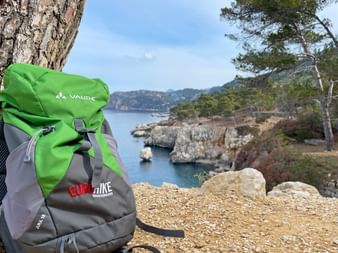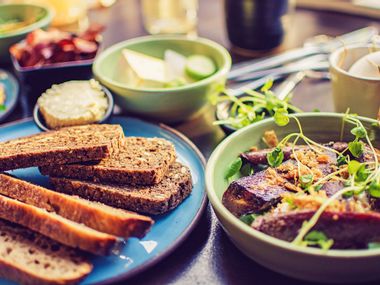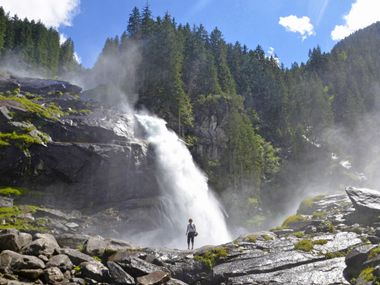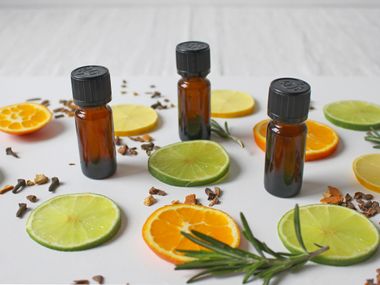How wonderful is hiking in nature. The time spent in the fresh air, the constant movement and the opportunity to free your mind and thoughts. An active break can be experienced even more intensively on a multi-day hiking holiday with luggage transfer. But what to do, if you suddenly feel tense after a day’s hike or you wake up with sore muscles?
We have found out what really helps and will tell you our personal tips and tricks on how best to avoid tension in certain muscle groups and prevent muscle soreness. And should muscle pain ever occur, our recommendations will provide relief! Read all the details and tips on our HikingBlog.

